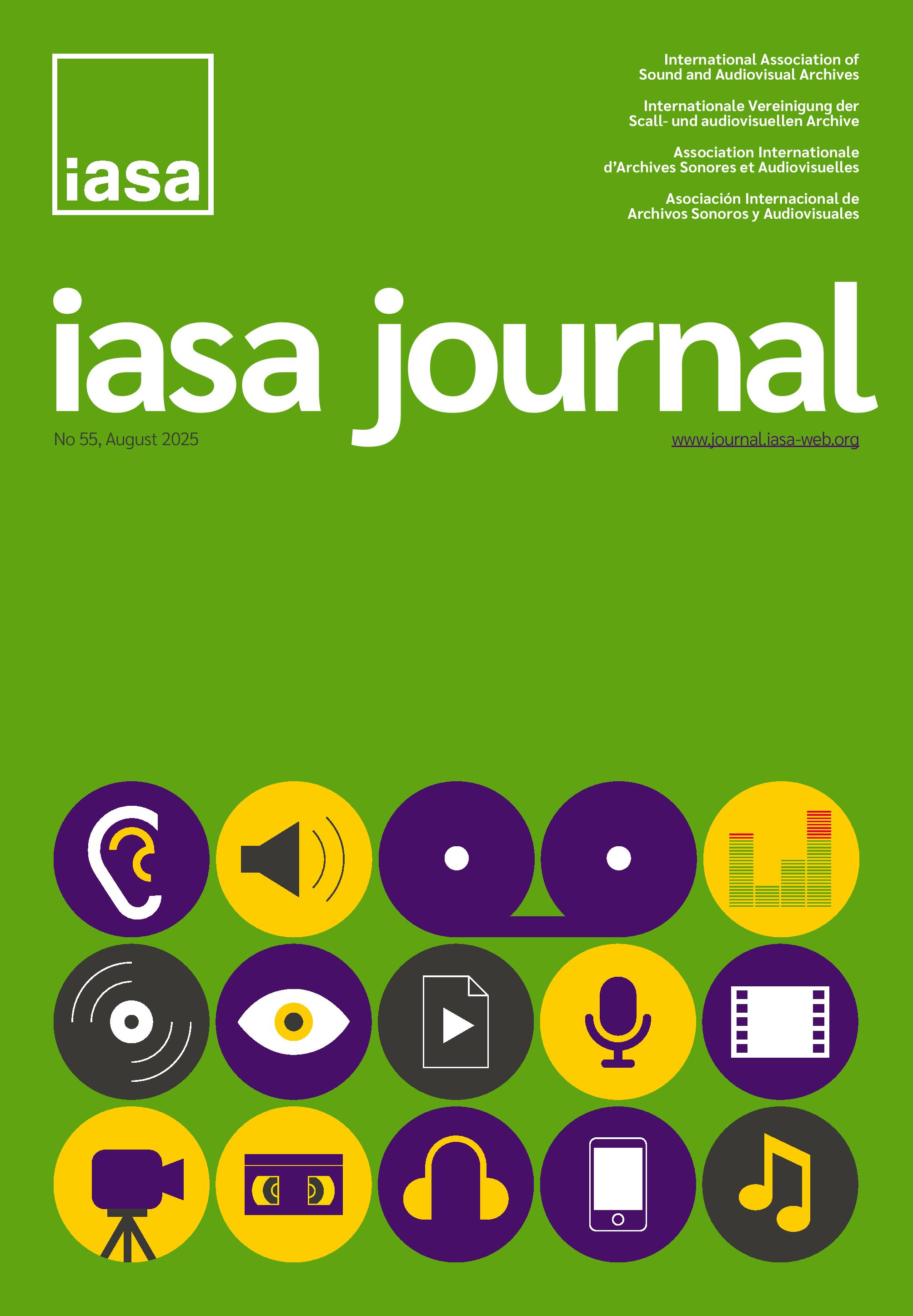Uncovering Aspects of Azerbaijani Traditional Music within Early Caucasian Music Discography
Main Article Content
Abstract
This article focuses on the early discography of Azerbaijani traditional music, covering the period from the early 1900s to the 1920s. It examines the history of the first audio recordings within the broader cultural processes and socio-cultural realities of Azerbaijan during that time. The study also extends to the discography of Caucasian music from the early 20th century, as numerous examples of Azerbaijani music, particularly mughams, songs, and dance melodies were recorded by Armenian and Georgian musicians.
Notably, in the early 20th century, the term “Caucasian music” entered the lexicon of many authors and publishers, uniting the music of Armenians, Georgians and Azerbaijanis into a single, artistically cohesive phenomenon. This term had a valid basis, considering the close professional collaboration among urban Caucasian musicians and sociopolitical context of this period. On the other hand, music authored by Azerbaijanis was present in the repertoires of all urban Caucasian musicians, which is evidenced by the catalogues of early 20th century from the Sport-Record, Pathé, and Extraphone labels.
Analysis of their contents, particularly that of Extraphone’s 1915 record catalogue, shows that these catalogues are of far greater historical significance than previously recognized, because they serve as valuable documentation of the history of Caucasian music in the early 20th century.
Article Details

This work is licensed under a Creative Commons Attribution-NonCommercial-ShareAlike 4.0 International License.
Unless stated otherwise, authors license their work under a Creative Commons Attribution-NonCommercial-ShareAlike 4.0 International License.
Signed articles and reviews represent the opinions of the authors and do not necessarily reflect the policies of the Association.

